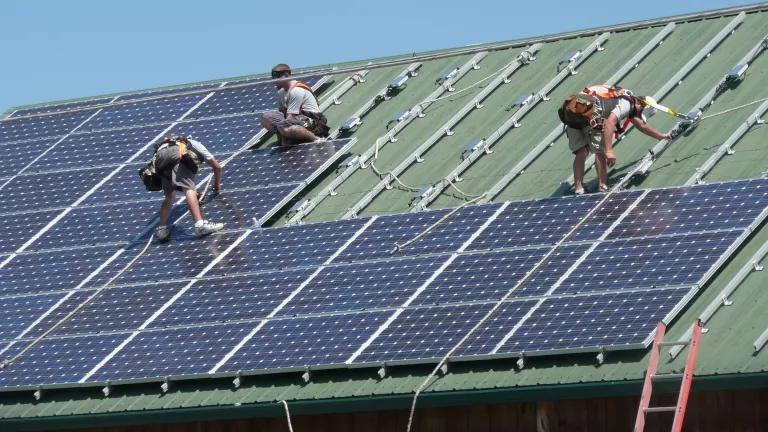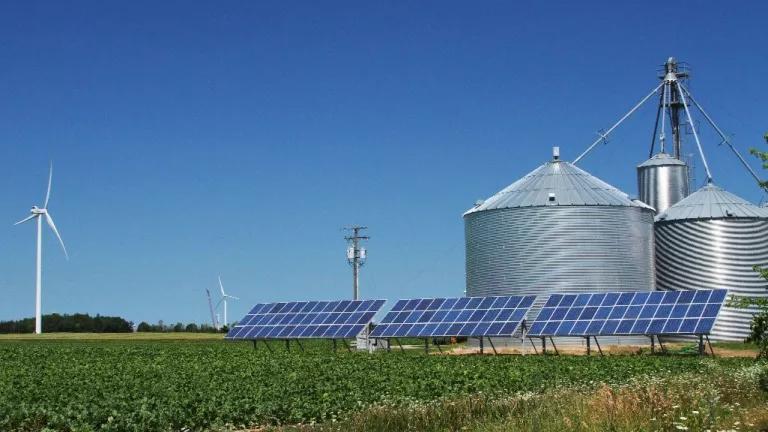An article by Tom Webb in the Pioneer Press raises a critical problem with the current renewable fuels standards. Section 1501 (a) of the Energy Policy Act of 2005 amends the clean air act to create the RFS and in doing so establishes a 2.5 to 1 credit for cellulosic ethanol and a mandate that at least 250 million gallons of cellulosic ethanol be used in 2013. Because the market for renewable fuels has so far surpassed the levels mandated under the RFS and the market is on course to reach the 2012 requirement of 7.5 billion gallons before the end of 2008, the differential credit for cellulosic ethanol has no market value.
In contrast, 2013 mandate would appear on its face to be a very powerful driver for the development of cellulosic technology. However, Section 1501 (a) also defines "Cellulosic biomass ethanol" to include:
...any ethanol produced in facilities where animal wastes or other waste materials are digested or otherwise used to displace 90 percent or more of the fossil fuel normally used in the production of ethanol.
In 2006, at least four projects have started to move forward that would meet this definition of cellulosic ethanol. (There are the E3 project in Mead Nebraska, the CVEC project in Minnesota, the Panda Group project in Hereford, Texas and the Central MN Ethanol Co-op in Little Falls, Minnesota.) While, these project do not convert cellulose to ethanol, by making use of renewable energy to power the ethanol conversion process, they probably achieve a 70 percent or greater reduction in greenhouse gases per gallon of gasoline avoided, which compares very well to an industry average of 18 percent. (See the ERG Biofuel Meta-Model, the basis for the January 06 Science article, as updated by the ERG team.)
Taken together these projects will produce about 250 million gallons once they are fully operational. This means that the cellulosic mandate will do nothing to drive the actual conversion of cellulose into ethanol. On the other hand, the projects are very exciting from a global warming perspective.
Two non-mutually-exclusive ways to deal with this come to my mind. First the definition can be fixed to only apply to the actual conversion of lignocellulosic biomass to biofuels, and the use of renewable energy process energy can be incentivized through more aggressive measures than we currently have. These new incentives could be established in the Farm Bill. Or second, a new definition of "real" cellulosic ethanol could be added to the RFS and the 2013 mandate could be increased and extended to, say, 2 or 3 billion gallons of the existing definition by 2016 and at least half of that "real" cellulosic.



